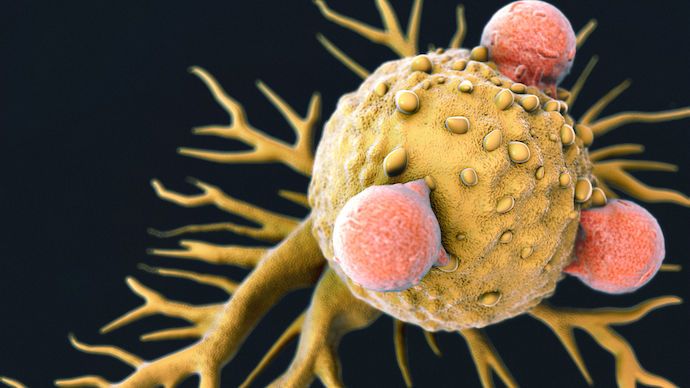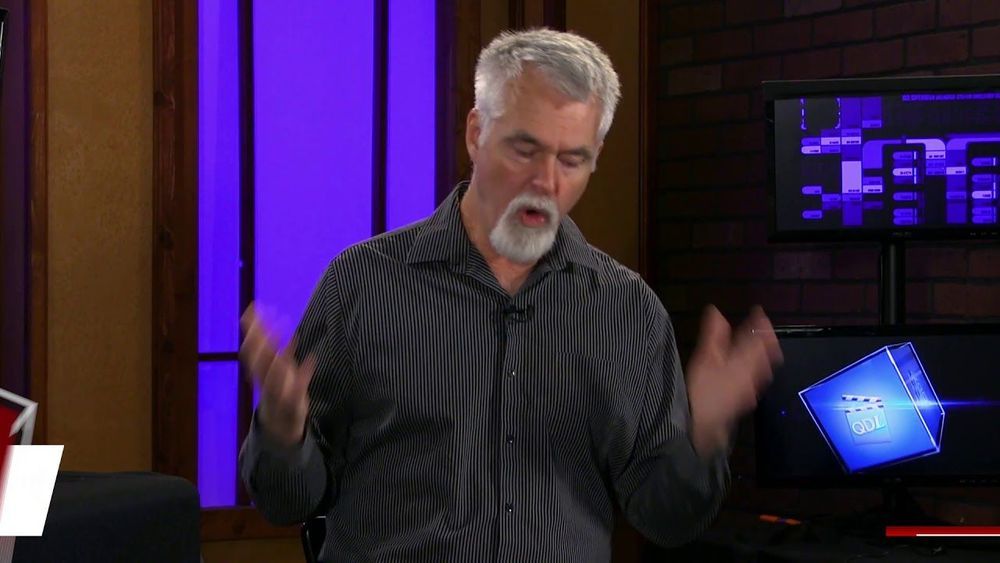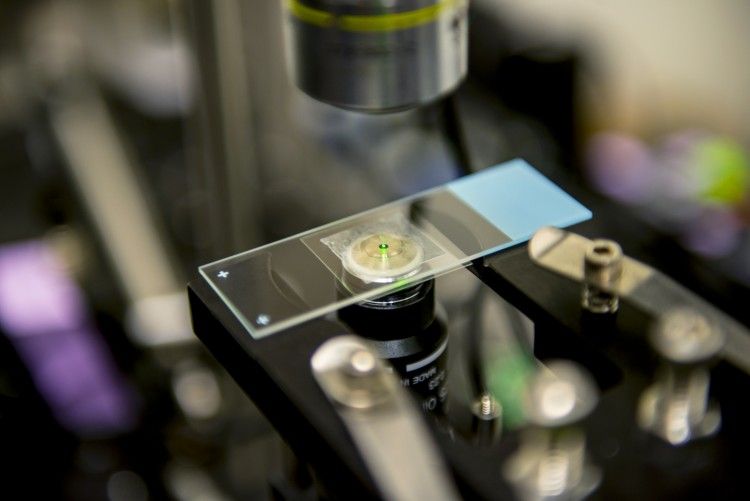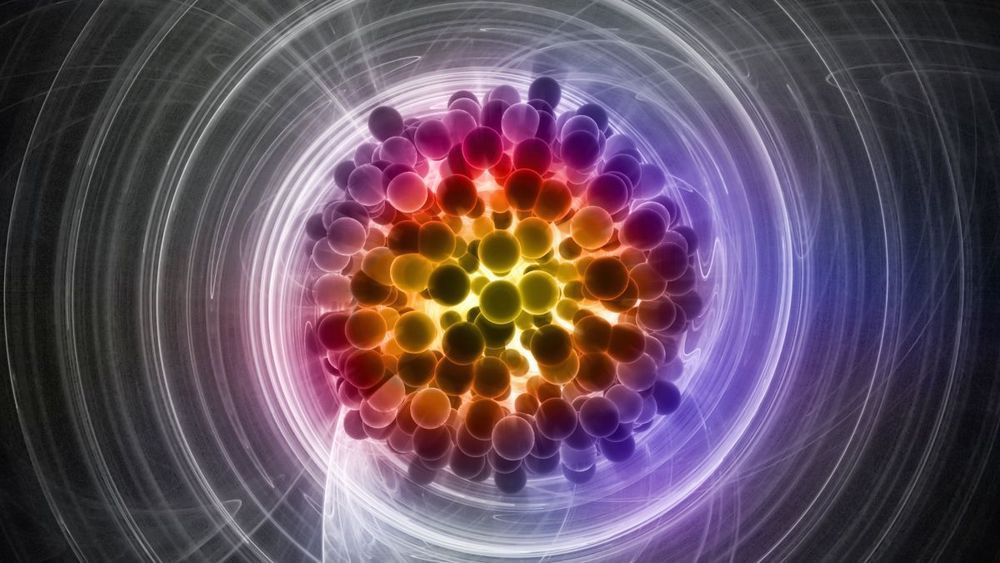
Terahertz radiation is used for security checks at airports, for medical examinations and also for quality checks in industry. However, radiation in the terahertz range is extremely difficult to generate. Scientists at TU Wien have now succeeded in developing a terahertz radiation source that breaks several records: it is extremely efficient, and its spectrum is very broad—it generates different wavelengths from the entire terahertz range. This opens up the possibility of creating short radiation pulses with extremely high radiation intensity. The new terahertz technology has now been presented in the journal Nature Communications.
The “Terahertz Gap” Between Lasers and Antennas
“Terahertz radiation has very useful properties,” says Claudia Gollner from the Institute of Photonics at TU Wien. “It can easily penetrate many materials, but unlike X-rays, it is harmless because it is not ionizing radiation.”


















